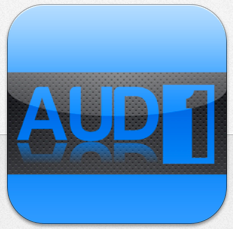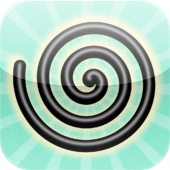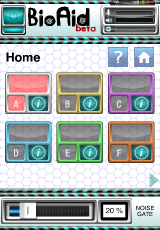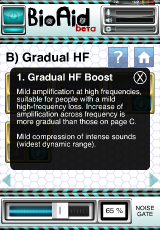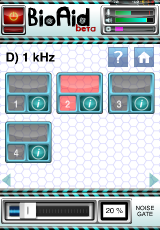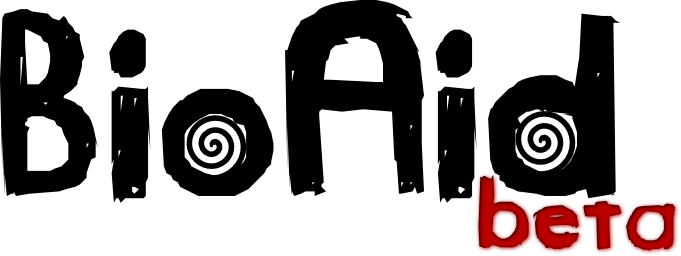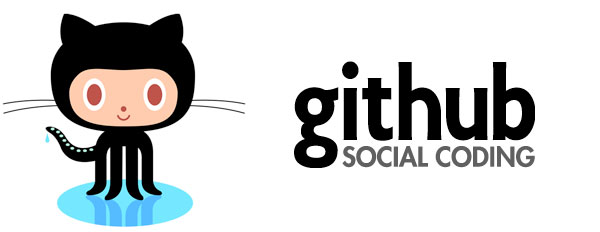From KARE11. com/advice for foodies with hearing loss
MINNEAPOLIS -- With new restaurants opening nearly ever week, the Twin Cities restaurant scene is hot! But for anyone with hearing challenges, choosing a new eatery can be harder than deciding what to eat.
Local hearing care professional Taiha Wagner joined us on KARE11 News @ 4 with some advice for foodies with hearing loss on how to make the most of their night out. The following is a Q and A with Taiha:
Q: How many people struggle with hearing challenges?
· As of 2015, 48 million people have significant hearing loss and struggle with hearing challenges (according to the CHC).
· Everything from ear infections to prolonged exposure to loud electronics or music… even everyday noise like traffic can hurt a someone’s hearing.
· What people may not realize is some hearing loss is completely preventable, but it’s not reversible.
· That’s why it’s so important to have your hearing checked annually, and if there’s a need, to get the proper care. Unfortunately, many people overlook it or are too embarrassed to seek the help they need.
· And often times, hearing loss can keep people from enjoying life to the fullest -- many choosing to avoid loud situations, like restaurants.
Q: Are there things that restaurants can do better to help diners with hearing challenges?
· It’s important for them to just be aware that many of their customers likely have hearing challenges.
· Restaurants can offer printed lists of daily specials so that no one misses out.
· And restaurants that are accommodating to the needs of their diners will likely have repeat customers. It can be as simple as letting a server know who they should stand next to when talking to the table.
Q: So what can people who have hearing loss do to still enjoy a night out at a crowded restaurant?
A: Read Online Reviews
· Many restaurant rating systems now include noise level as one of the criteria.
· For example,
Zagat now has a "Good for Quiet Conversation" search category. Others likely do as well.
A: Look for Sound Absorbing Decor
· When you’re doing you research online, be sure to check out the photos in addition to the menu.
· Look for restaurants that have carpet, drapes, broken walls instead of walls of windows and booths. All of these things help to dampen the sounds of a busy restaurant.
A: Be Choosy About Your Seat
· Once you find a restaurant that you want to try, call ahead to ask for a corner table or a table near a wall.
· Walls eliminate distractions and help buffer some of the noise.
· A booth is also often a good choice if it has high back seats.
· If you’re dining with a group, arrive early so that you can pick the best seat at the table, based on your hearing needs.
A: Let Technology Help
· Hearing aids have come a long way, and there are many different state-of-the-art options available.
· In fact, many new hearing aids even have crowd-settings that help direct your hearing and limit background noise.

